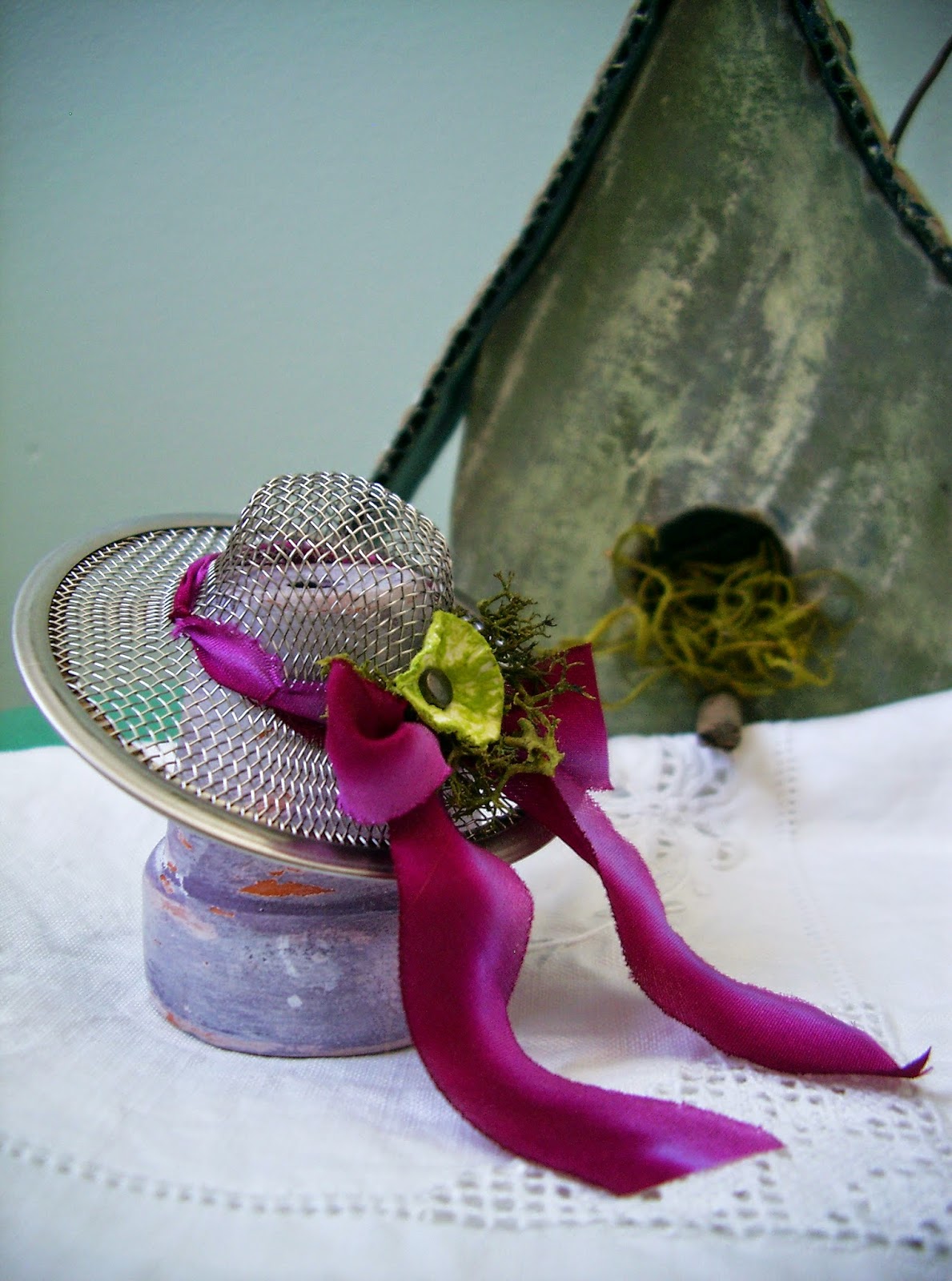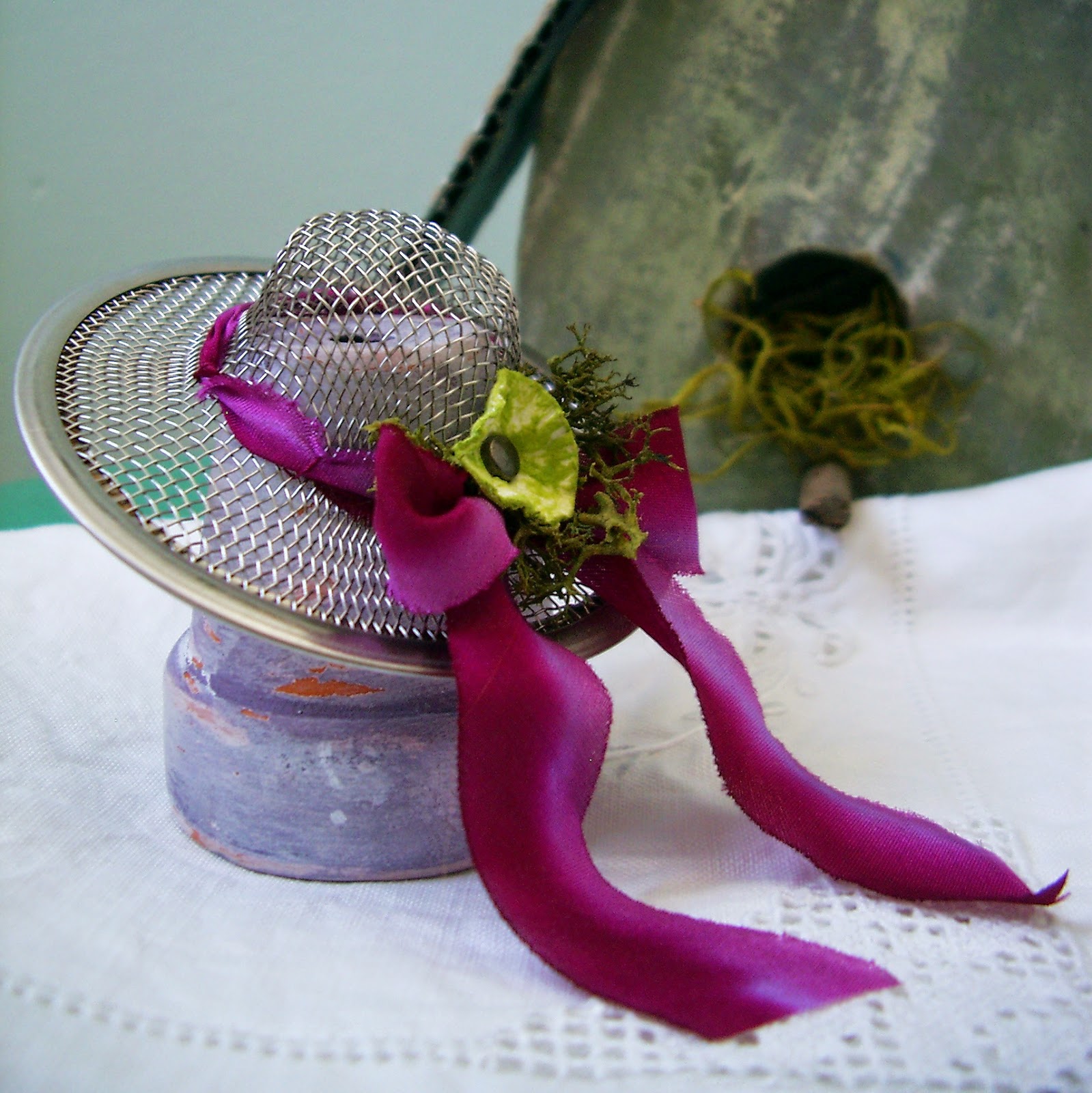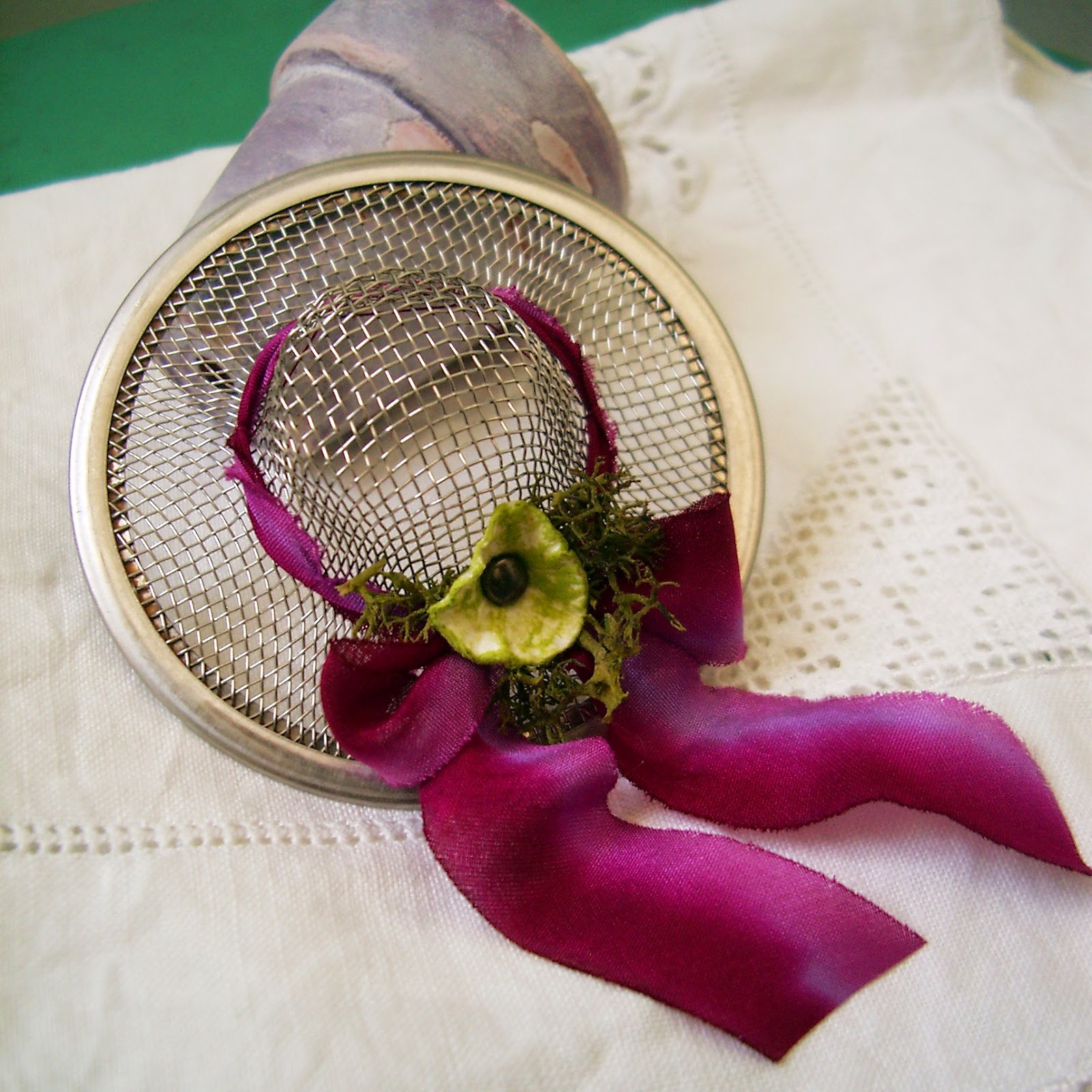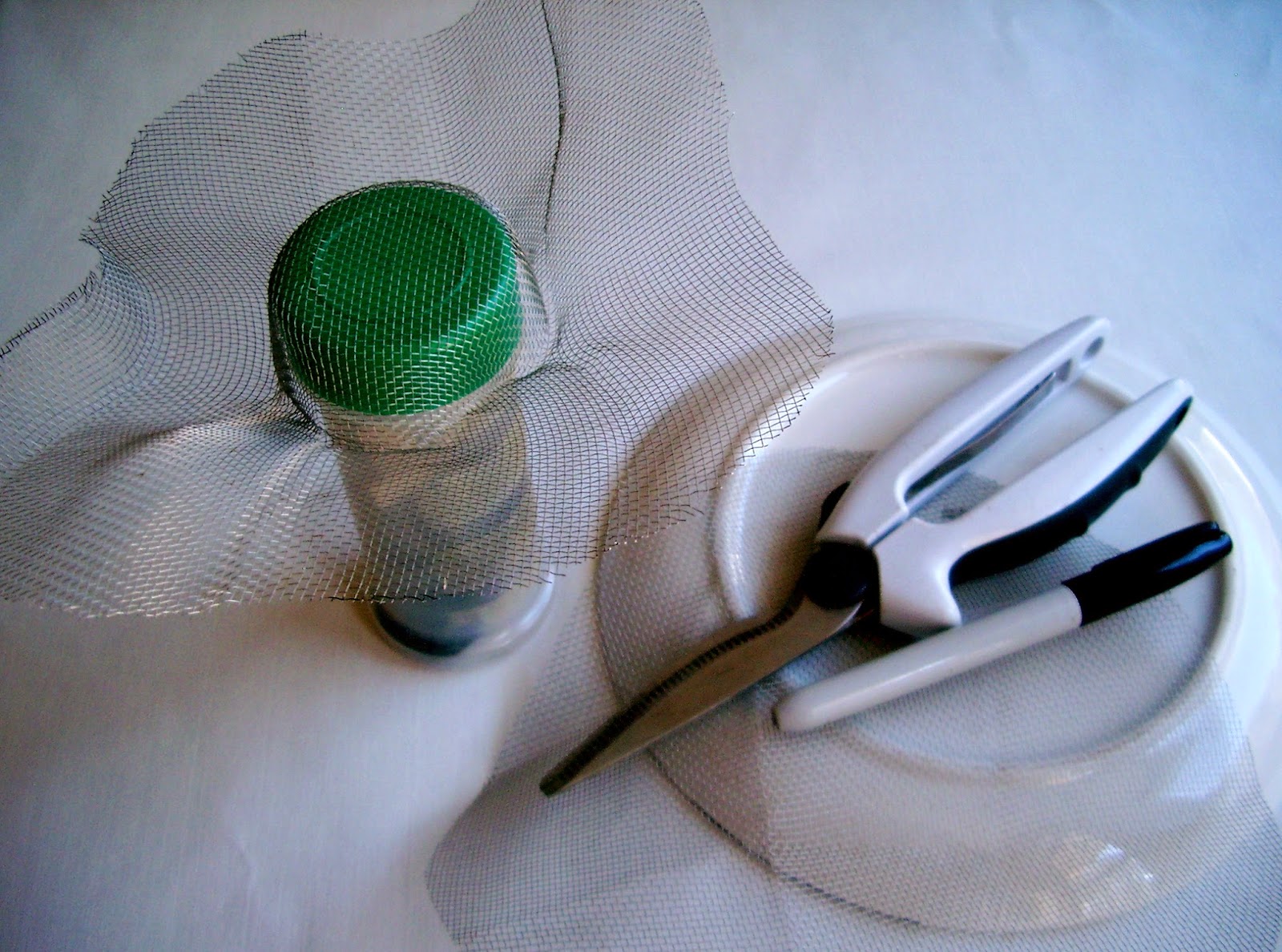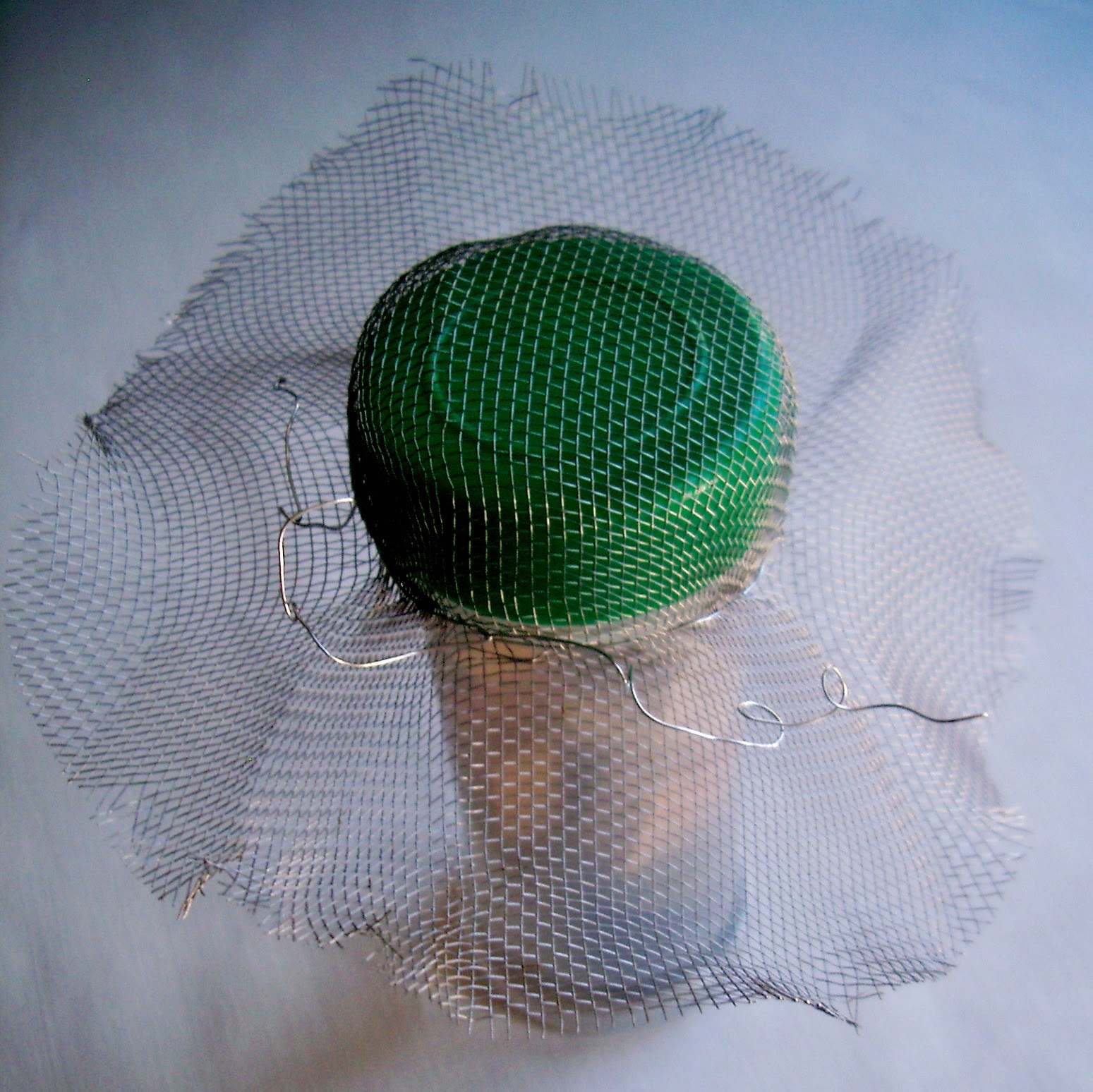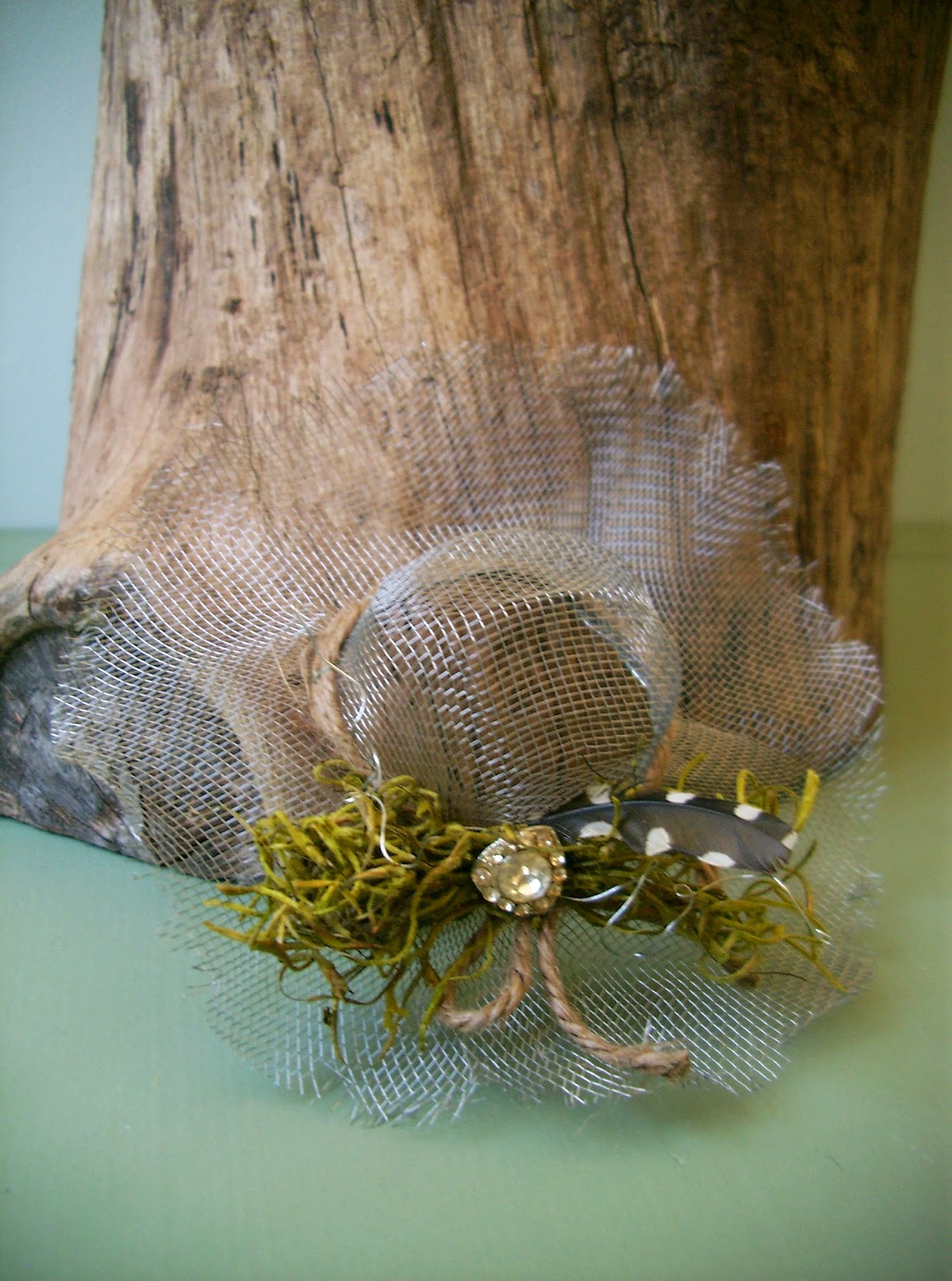SOW BY NUMBERS
The southeast coast of New York has been blessed with a string of spring-like days lately, and I’ve been taking full advantage of it. What a gift! I’ve been able to turn my compost pile, do a bit of garden bed grooming, and seed sow a few cold hardy crops – all without being bundled up in a snowsuit. Sweet! Kovacs, my foster cat, looks on from the comforts of my office as I toil away.
 |
| ©Linda Nelson 2018 |
We’re all familiar with the classic “Paint By Number” kits, right? Well, today I’m sharing with you, “Sow By Numberâ„¢”, a very practical method I created for labeling seeded vegetables and flowers that’s as easy as 1-2-3!
What you’ll need is –
- a bunch of landscape fabric anchor pins
- a plastic placemat with printed decor on only one side
- permanent magic marker
- a clipboard, paper and pen or pencil
- scissors and a hole punch
Cut your placemat into a bunch of 1″x3″ strips. Punch a hole at the short end of each strip, making sure the hole is big enough to slip one prong of the landscape pin through the hole. Grab a label, write a number “1” on it and drive the pin into the soil at the site of where you sowed your seeds.
 |
| ©Linda Nelson 2018 |
 |
| ©Linda Nelson 2018 |
Log the number “1” onto your paper chart along with the seed type and sowing date. Your next label will be number “2”(obviously), and you will anchor it in a the site of a different type of seed. Continue this process for each type of seed variety that you sow. If you plan to succession sow a particular variety, label your marker with a letter next to the number and catalog those dates on your chart.
 |
| ©Linda Nelson 2018 |
What’s nice about this method is that, no matter what you plant, the numbered labels can be used over and over again every year; simply create a new chart for each season. Your labels won’t blow away, either; the anchor pins keep them in place all season long. And……… you don’t have to painstakingly fit your descriptive scribble on a tiny little marker label. Now, THAT’S sweet!
Hey, did you know that window wells make perfect little cold frames for growing potted cool crop/winter sown seedlings? They do, try it!
 |
| ©Linda Nelson 2018 |
Ahhh….. now it’s time to sit back and watch things sprout.
 |
| ©Linda Nelson 2018 |











